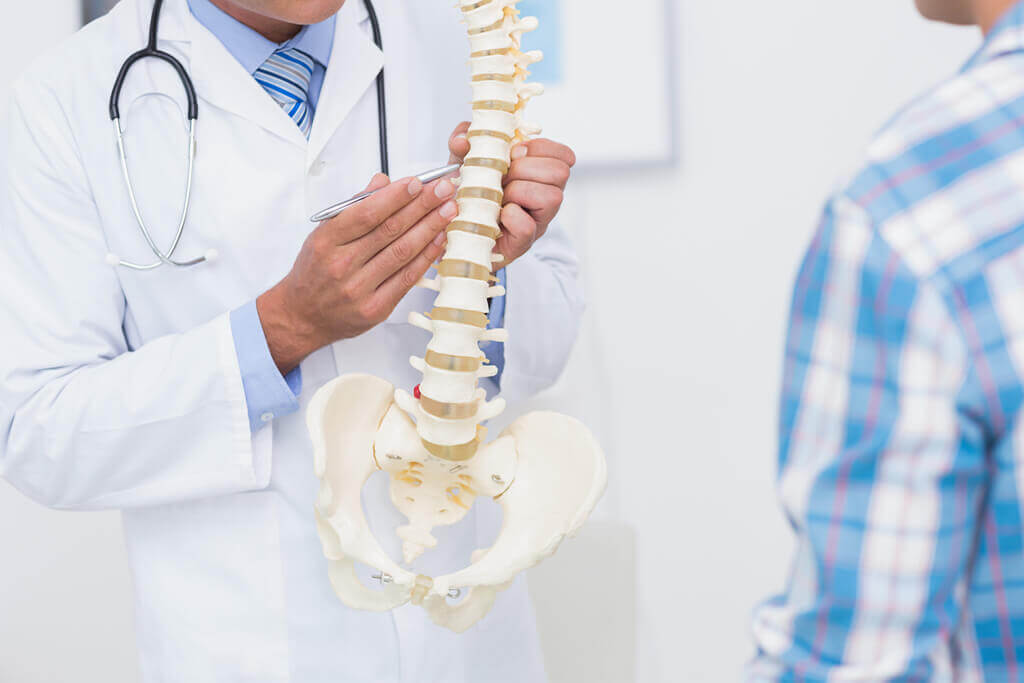Patellar Tendon Tear
Introduction
Anatomy
Causes
Partial tendon tears usually occur in the middle of the tendon, because of patellar tendonitis, chronic disease, or steroid use. Weak or inflamed tendons are more likely to tear. Patella tendon tears happen more often in middle-aged people.
Symptoms
• Knee Bruising
• Knee Cramping
• Knee Buckling
• Difficulty Walking
• Inability to Straighten the Knee
Diagnosis
Treatment
Surgery
To begin, the orthopedic surgeon makes an incision over the kneecap. The patellar tendon is reattached to the kneecap with sutures or surgical hardware. The surgeon carefully checks the kneecap position and tendon tension.
Recovery
As you heal, physical therapists will teach you strengthening exercises. You will gradually be able to bend your knee, per your doctor's instructions. Complete recovery can take 6 to 12 months, depending on the extent of injury and surgery.

Copyright © - iHealthSpot Interactive - www.iHealthSpot.com
This information is intended for educational and informational purposes only. It should not be used in place of an individual consultation or examination or replace the advice of your health care professional and should not be relied upon to determine diagnosis or course of treatment.
The iHealthSpot patient education library was written collaboratively by the iHealthSpot editorial team which includes Senior Medical Authors Dr. Mary Car-Blanchard, OTD/OTR/L and Valerie K. Clark, and the following editorial advisors: Steve Meadows, MD, Ernie F. Soto, DDS, Ronald J. Glatzer, MD, Jonathan Rosenberg, MD, Christopher M. Nolte, MD, David Applebaum, MD, Jonathan M. Tarrash, MD, and Paula Soto, RN/BSN. This content complies with the HONcode standard for trustworthy health information. The library commenced development on September 1, 2005 with the latest update/addition on February 16, 2022. For information on iHealthSpot’s other services including medical website design, visit www.iHealthSpot.com.


